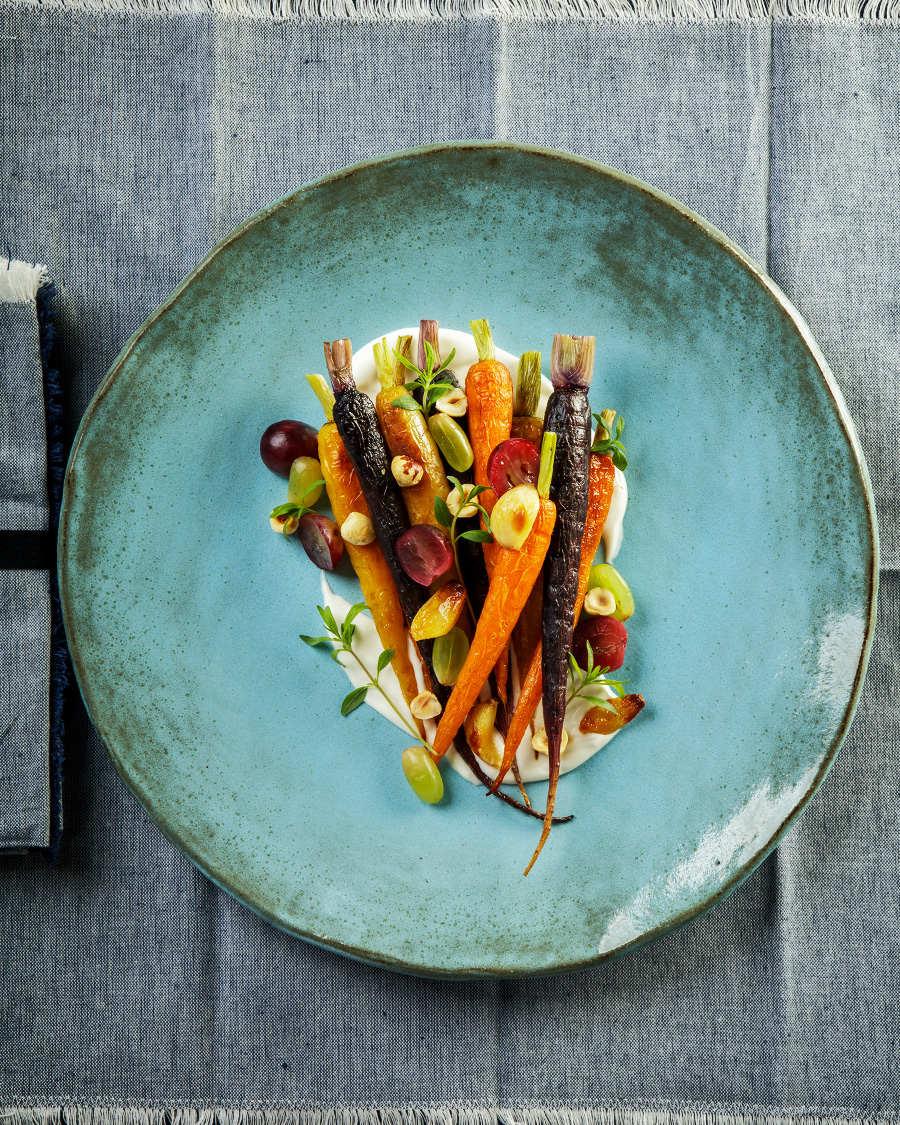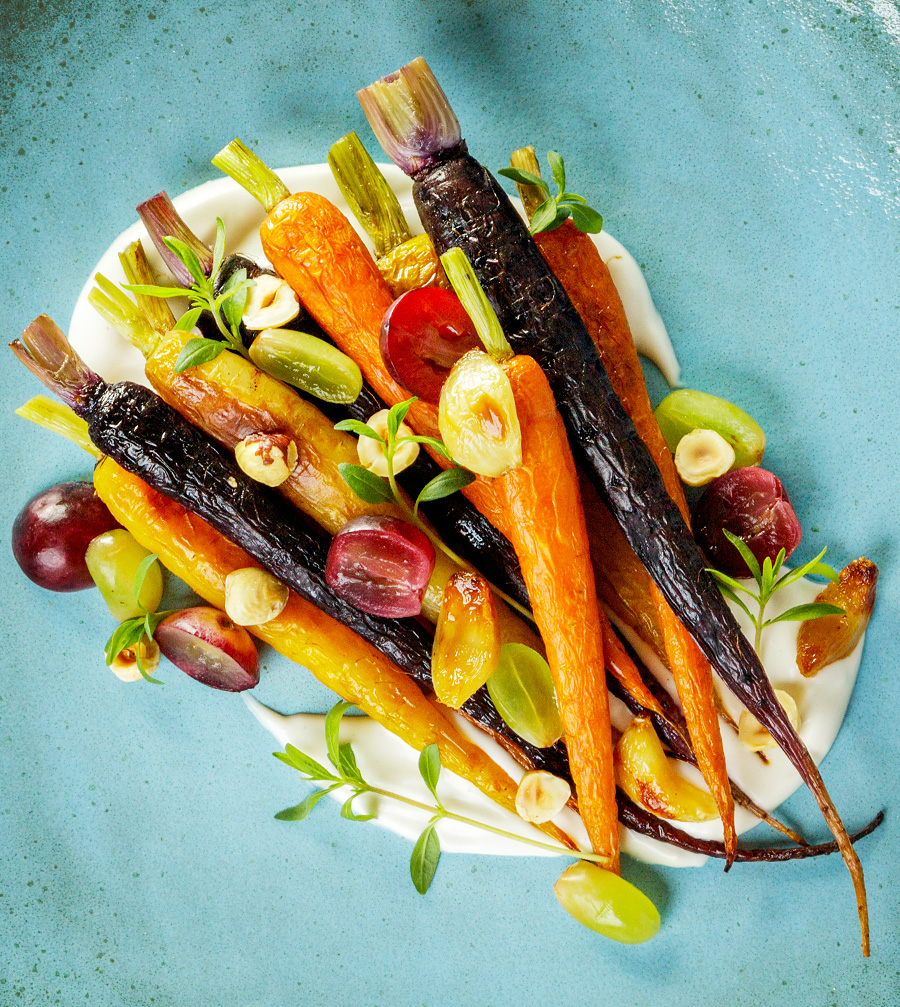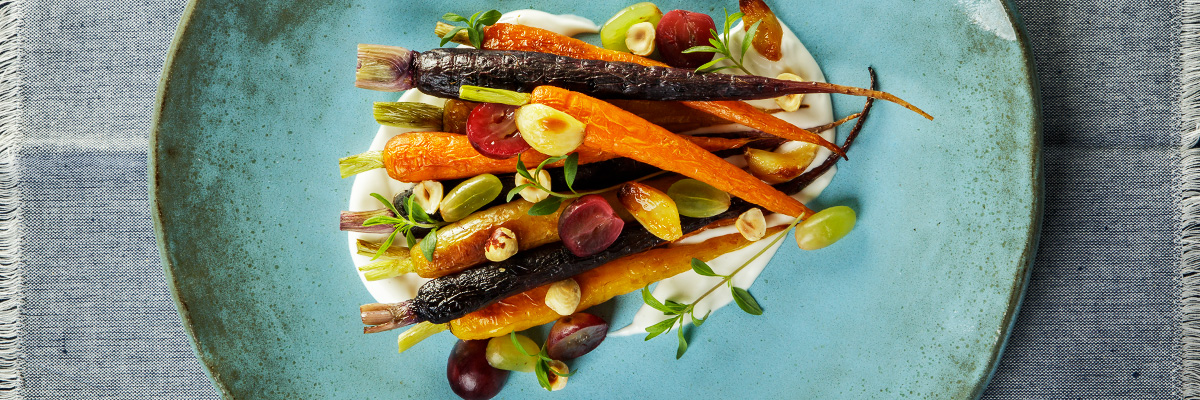Make Vegan Mayo Easily with Aquafaba
The federal government says that mayonnaise must have eggs in it or it isn’t really mayonnaise. The federal government is crazy.
The only reason to include eggs in mayonnaise is because the lecithin in egg yolks works as an emulsifier. Each lecithin molecule is like a pair of handcuffs. One end looks for a water molecule to grab ahold of, and the other end seeks out an oil molecule to latch onto. Those lecithin bonds keep tiny droplets of oil encased in a microscopically thin coating of water, sustaining the emulsion.
Aquafaba is also an emulsifier, and when making mayonnaise aquafaba works at least as well as – and arguably even better than – egg yolks. Aquafaba is the liquid that canned chickpeas are packed in. Technically, any liquid from cooking the seeds of legumes could be aquafaba (the word literally means, ‘bean water’), but the liquid inside canned chickpeas is much more potent and reliable as an emulsifier than the water used to cook beans from scratch.
A 16-ounce can of chickpeas (also known as garbanzo beans) has about three-quarters of a cup of aquafaba. That’s easily enough to emulsify three cups’ worth of oil. It also leaves you with about a cup’s worth of cooked chickpeas, which are themselves one of the most versatile and healthful ingredients for any pantry.
All three of the basic methods for making mayonnaise (with a whisk, a hand blender, and a stand blender) work when making vegan mayonnaise. Just replace the egg yolk with 3-4 tablespoons of aquafaba. As with traditional mayo, the water you use can be infused with flavoring ahead of time, or the oil can be infused, or both.
Today’s dish features tri-colored carrots.

Marjoram and oregano both pair well with carrots, and because oregano is the stronger of the two its flavor works better when flavoring a batch of mayo. Dried oregano is steeped to make a small amount of intensely flavored oregano tea, and 1-2 tablespoons of that are used to flavor the mayonnaise.
Aquafaba mayo has the same smooth texture as a yolk-based mayonnaise, and is just as stable in the refrigerator, yet the aquafaba doesn’t add any flavor to the finished sauce. There is, however, one glaring difference between the two: Aquafaba mayo is dazzlingly white. Even with the standard amount of mustard in it, the sauce is a far brighter white than mayonnaise made with an egg.

You could augment the carrots and mayonnaise in today’s dish with a chutney or with bitter greens or with anything adding texture or acid. Here I use pickled red and green grapes and toasted hazelnuts, plus some roasted garlic cloves and fresh sprigs of summer savory.

Roasted Carrots with Oregano Mayonnaise Recipe
Serves 4-8
1-2 lbs carrots, scrubbed
1/4 c (60 g) water
1 T (15 g) white vinegar
1 t dried oregano
1/4 c (60 g) aquafaba
1 t (5 g) Dijon mustard
0.4 g xanthan (optional)
1/8 t (0.8 g) salt
1 c (240 g) neutral oil (like Canola, safflower, or vegetable oil)
Roast the carrots at 350° to the desired doneness, typically 20-30 minutes.
Meanwhile, combine the quarter cup of water and the vinegar in a small saucepan, bring it to a boil, turn off the heat and stir in the dried oregano. Let it steep at least ten minutes. Reserve two tablespoons of the tea and discard the rest.
In the bowl of a stand blender put the aquafaba, mustard, and one tablespoon of the reserved oregano tea. If those liquids don’t come up far enough in the bowl to reach the blender blades, add the rest of the reserved tea plus enough additional water (typically just a tablespoon or two) until they do.
Combine the salt and xanthan (if using it) together. (Stirring the salt into the xanthan ahead of incorporating them both into a liquid is an easy way to protect against the xanthan clumping.) With the blender running at low speed, sprinkle the salt/xanthan mixture into the liquid.
Turn the blender up to medium speed. Starting very slowly (about a teaspoon of oil at a time) add the oil and let the blender process it into the water-based ingredients, which it will do almost instantly. Continue adding oil slowly at first, then after a few seconds add it more rapidly. The entire addition should take at least 10 seconds, but doesn’t need to be drawn out much beyond that so long as the initial oil is added in small quantities.
If the mayonnaise becomes thicker than you want it before all the oil is incorporated, add a teaspoonful of water, which will loosen the mixture.
Spoon some of the mayonnaise onto plates or a serving platter and arrange the roasted carrots on top, along with whatever garnishes are desired. The dish can be served hot or at room temperature.


Like this Recipe? Leave a Comment.
Your email address will not be published.